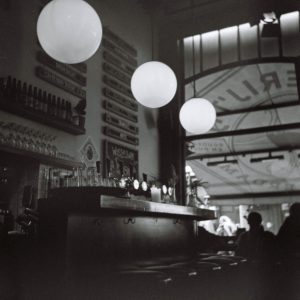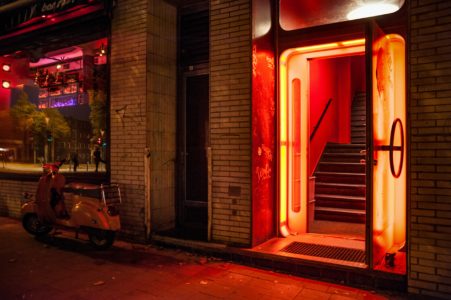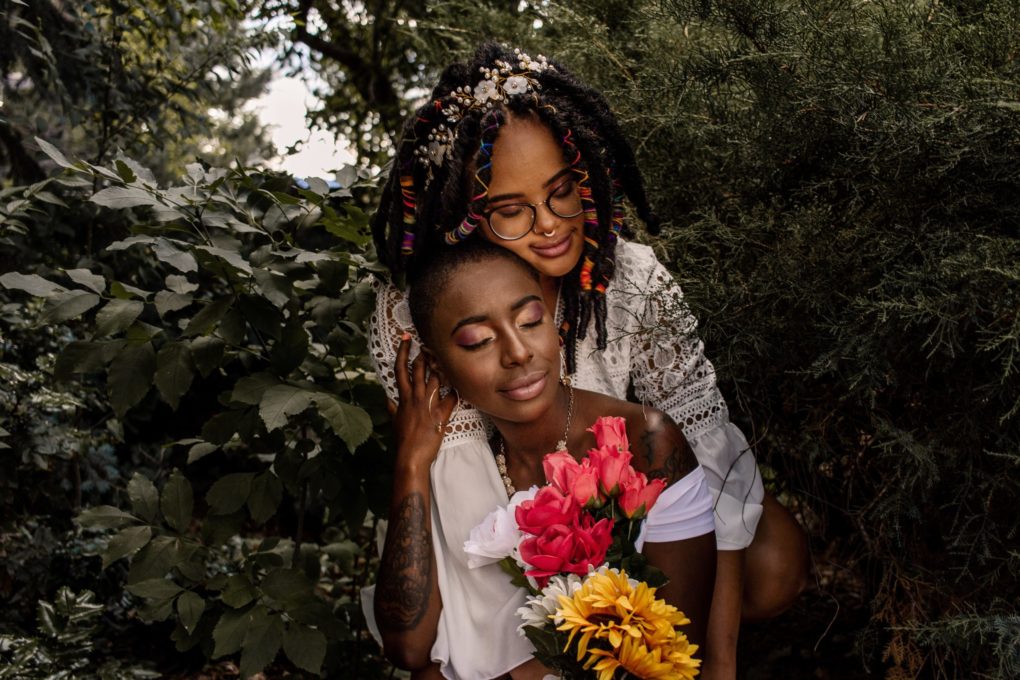June 1st marks the beginning of LGBTQ+ Pride Month when the marginalized group of queer individuals throughout American history are commemorated for their resilience and cultural contributions to society. There are longstanding LGBTQ+ US landmarks, monuments and historical sites that are preserved and honor the shifting moments in history— that showcase the LGBTQ+ community getting that much closer to social equality.
Here are 10 significant LGBTQ+ US landmarks that you should consider visiting during LGBTQ+ Pride Month 2021.
Related: The Los Angeles Pride Parade Will Be Virtual This Year
Stonewall National Monument
View this post on Instagram
The Stonewall National Monument is likely the most known LGBTQ+ landmark in the United States that highlights the early uprise against widespread homophobia and queer discrimination.
On June 28, 1969, New York City was a place where many proud gays, lesbians, and transgenders resided and the local police raided the popular gay club that was called the Stonewall Inn at the time which led to street riots. This was considered the earliest moment in the gay rights movement spurred on by queer community members and has inspired future LGBTQ+ trailblazers to take a firm stance against violence and hatred.
Gateway National Recreation Area
View this post on Instagram
She lived in the “Clear Comfort” U.S. landmark where she resided in the early days with her grandmother. Now, the NYC Department of Parks and Recreation has made Austen’s old home a landmark for visitation. Although, Elizabeth Alice Austen is celebrated for her LGBTQ+ contributions, she wasn’t able to be buried next to her life partner, Gertrude which was her last request before she died.
Federal Building (50 UN Plaza)
View this post on Instagram
The Federal Building located off of the United Nations Plaza between Hyde and McAllister Streets in San Francisco, is a place of LGBTQ+ revolution.
In 1985, the AIDS epidemic negatively impacted thousands of queer individuals around the United States. People who tested positive with AIDS-related complications and the disease, chained themselves to the corridor of the federal building. They demanded that the United States government look for more Aids research, medical resources, and funding to protect LGBTQ+ youth and adults.
From 1985 to 1995, the Federal Building became a vigil for queer individuals to hold a longstanding vigil for those who have passed away from the disease. In June 2017, the National Register of Historic Places recognized the Federal Building as a landmark for the LGBTQ+ community.
National AIDS Memorial Grove
View this post on Instagram
The National AIDS Memorial Grove in San Francisco is a place of remembrance for the millions of LGBTQ+ community members whose lives were impacted by AIDS. The lack of medical assistance and resources from the U.S. government caused the AIDS epidemic to take the lives of over 20 million gay individuals.
This memorial grove site in San Francisco pays homage to the lives lost in Golden Gate Park where visitors can read up on the history through the boulder plaques scattered around the landmark.
The Clubhouse
View this post on Instagram
The Clubhouse in Washington, D.C. is a historical site for queer African Americans who sought solace in the late 1900s. The popular nightclub was a vibrant space known for attracting many African Americans, and it introduced house music to the East Coast community.
The landmark became a historical site for HIV/AIDS activism and the nightclub helped provide shelter for the newly-formed support group for queer Black individuals who suffered from the disease. Us helping Us is still in operation and holds conversations about HIV/AIDS awareness to this day.
Cinema Follies
The Cinema Follies in Washington, D.C. was an adult theater for gay community members and the location was frequently vandalized by the local police force. The establishment only survived two years, from 1975 to 1977.
The entertainment warehouse became the epicenter for gay activism as LGBTQ+ people grouped together to protest against the police force who consistently harassed their business owners and visitors. The adult theater permanently closed after a fire consumed the establishment and took the lives of 9 patrons. Now, the historical site has been refurbished but is no longer operated as a theater.
Nob Hill

In Washington, D.C., the Nob Hill two-story brick building in the Columbia Heights district was a hotspot for gay African American patrons.
The LGBTQ+ bar was in operation from 1954 to 2004 which is one of the oldest historical landmarks to be in operation. Nob Hill was also one of the oldest gay bars in the country. The bar was a private social club until 1957, and then it opened to the public. Patrons faced instances of racial prejudices and homophobia. The community nightclub became a popular dance spot for gay students attending Howard University.
Phase One

In Capitol Hill, a lesbian bar opened up in 1971 and this became one of the first of these women centric nightlife establishments. This bar is along the chain of other gay-friendly bars that celebrate queer patrons and visitors. The bar was coined as “The Phase” and this helped inspire other queer entrepreneurs to open more lesbian bars for women to have a nightlife space for them to feel more a part of the LGBTQ+ community.
Phase One was one of the earlier bars to pioneer the LGBTQ+ friendly scene in Washington, D.C.
Governors Island
View this post on Instagram
The 172-acre island in New York’s harbor, Governors Island, is a historical site where some of the earliest documented gay activism was recorded from active members of the Army. Former U.S. Navy and Army solider, Henry Gerber, established the Society for Human Rights in 1924. This was the first gay and lesbian rights organization formed in the United States and he did so because he migrated from Europe where gay subculture was more accepted.
Gerber frequently wrote for major publications to build more awareness for gay individuals during the trialing times in the United States when queer people were persecuted for their sexual orientation.
Julius' Bar
View this post on Instagram
The Julius’ Bar located in the Greenwich Village of New York City is the oldest gay bar in the metropolitan city. In 1966, the Mattachine Society was formed and this was an organization founded by three gay men. They hosted “sip-ins” at the Julius’ Bar because at the time, the city of New York wasn’t serving gay or lesbian patrons.
When the three members announced they were gay to the bartender, the Julius’ Bar workers refused to serve them their drinks. This led to many media sprawls and coverage which forced New York City to change their policies which earlier allowed business owners to refuse their services to LGBTQ+ members.
